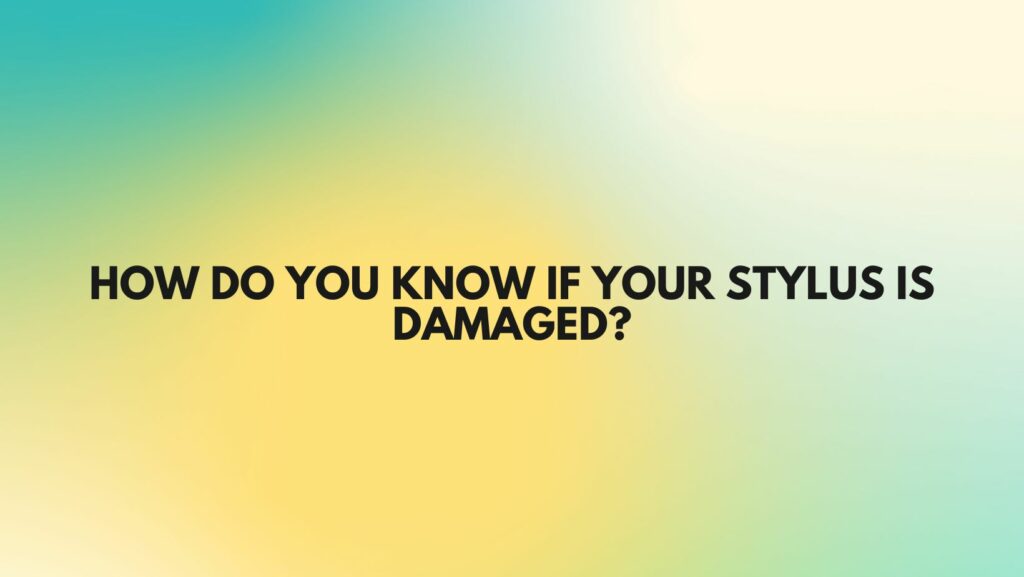In the world of analog audio, the stylus serves as the delicate bridge between the grooves of a vinyl record and the enchanting realm of sound. As a crucial component of any turntable setup, the stylus is vulnerable to wear and tear over time, which can impact the quality of your listening experience. This article aims to guide enthusiasts through the subtle indicators that suggest a stylus may be damaged, empowering them to preserve the purity of their vinyl playback.
- Auditory Clues: Distortion and Muddiness: The first and most apparent sign of a damaged stylus is a discernible distortion in the audio output. If the once-clear tones become muddled or fuzzy, it may be an indication that the stylus is not maintaining proper contact with the grooves, resulting in compromised sound quality.
- Increased Surface Noise: A damaged stylus can exacerbate the inherent surface noise present in vinyl playback. Listen for an uptick in pops, crackles, and hisses during quiet passages or between tracks. Excessive surface noise is a red flag that the stylus may be struggling to navigate the record’s grooves effectively.
- Skipping and Jumping During Playback: If your stylus is damaged or misaligned, it may struggle to maintain consistent contact with the grooves, leading to skips or jumps during playback. Sudden interruptions in the smooth flow of the music are clear signals that the stylus requires attention.
- Uneven Channel Balance: A stylus in disrepair can impact the balance between the left and right audio channels. Pay attention to any noticeable differences in volume between channels or irregularities in the distribution of sound. Such imbalances may suggest issues with the stylus or associated components.
- Loss of High-Frequency Detail: Stylus wear often results in the loss of high-frequency detail in the audio. If you find that the crisp highs have been replaced by a muted quality, the stylus may be struggling to reproduce the finer nuances of the music.
- Tracking Problems: A damaged stylus may have difficulty maintaining consistent tracking, leading to audible fluctuations in pitch or speed. If you observe variations in tempo or pitch during playback, it’s a clear indication that the stylus may need attention.
Conclusion:
Understanding the subtle signs of a damaged stylus is essential for anyone invested in the world of vinyl playback. Regularly assessing the auditory cues, such as distortion, surface noise, skipping, and imbalances, empowers enthusiasts to address stylus issues promptly. By cultivating a keen ear and practicing proper stylus maintenance, audio enthusiasts can continue to navigate the sonic landscape of their vinyl collections with clarity, precision, and an unwavering appreciation for the analog experience.


